
It has become common to use plant and machinery together, as one, as if the two are the same and interchangeable, but this is not the case in every walk of life and situation. While there are good reasons for people using them together, particularly when distinguishing plant and machinery from more liquid assets that a company has, it is important that we know the difference and when to separate the two, as well as equipment, from each other. Here we will look at what exactly we mean by plant and machinery, to help you understand what they have in common and what is considered different about each.
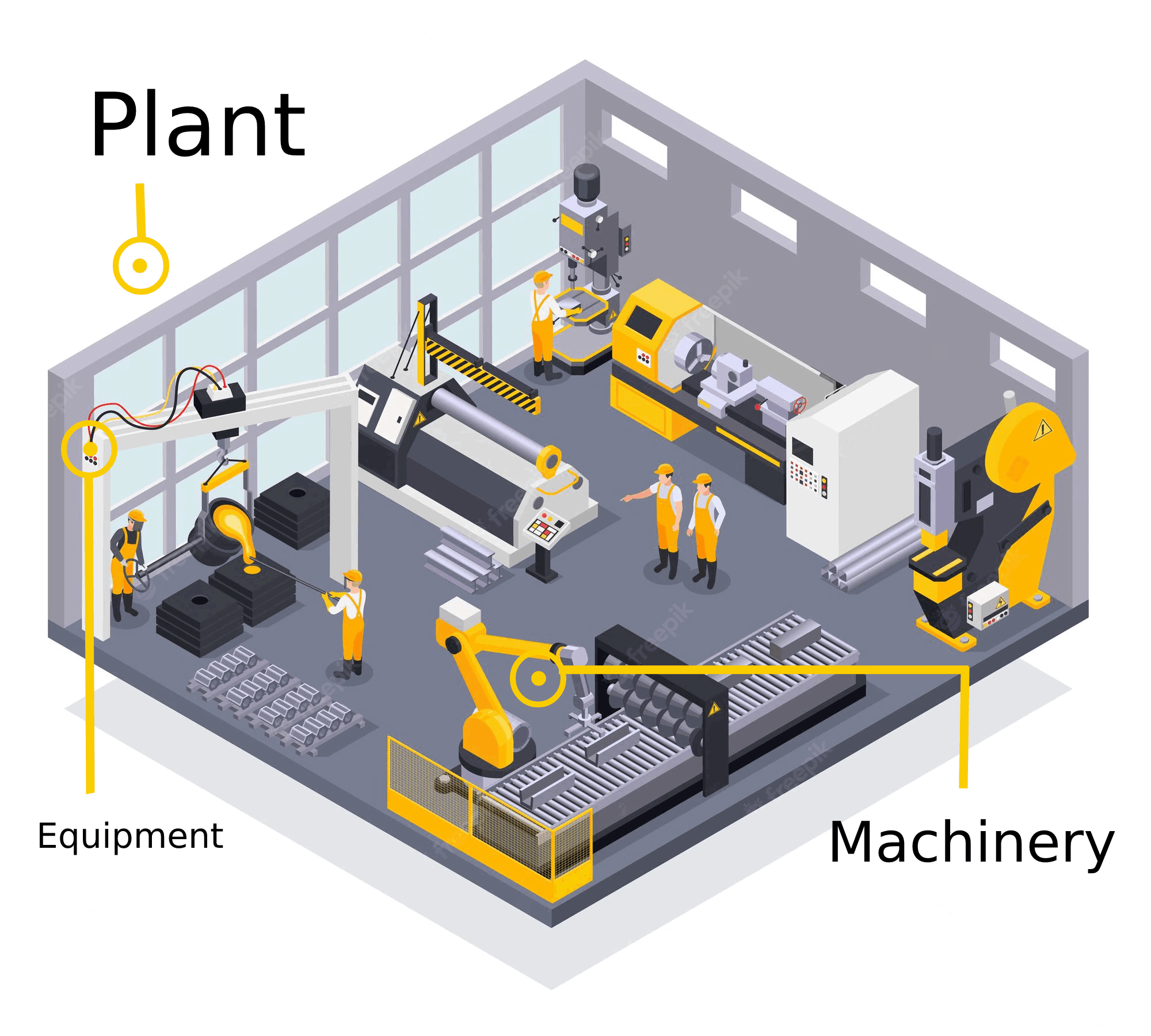
Plant and machinery, in one definition, are often looped in with property under the letters PP&E, referring to the physical or fixed assets of a company or person in order to make a clear distinction between these and their liquid, or cash assets. In simple terms, your liquid assets like cash or money in the bank can be readily available to use, while your fixed assets, of which plant and machinery make up the vast majority, cannot be so readily liquidated.
They can include such assets as property, land, machinery, cars, office equipment, tools, and much more. Generally, plant and machinery can’t instantly be spent on something else, but though they are lumped in together as fixed assets there are a few clear differences between the two.
In construction and other businesses and companies, plant and machinery, as well as equipment, can be used to categorise or differently describe the machinery and tools onsite and how they might be used.
Understanding the distinctions will help you calculate your property, plant, and equipment, and have a better overview of your business as a whole.
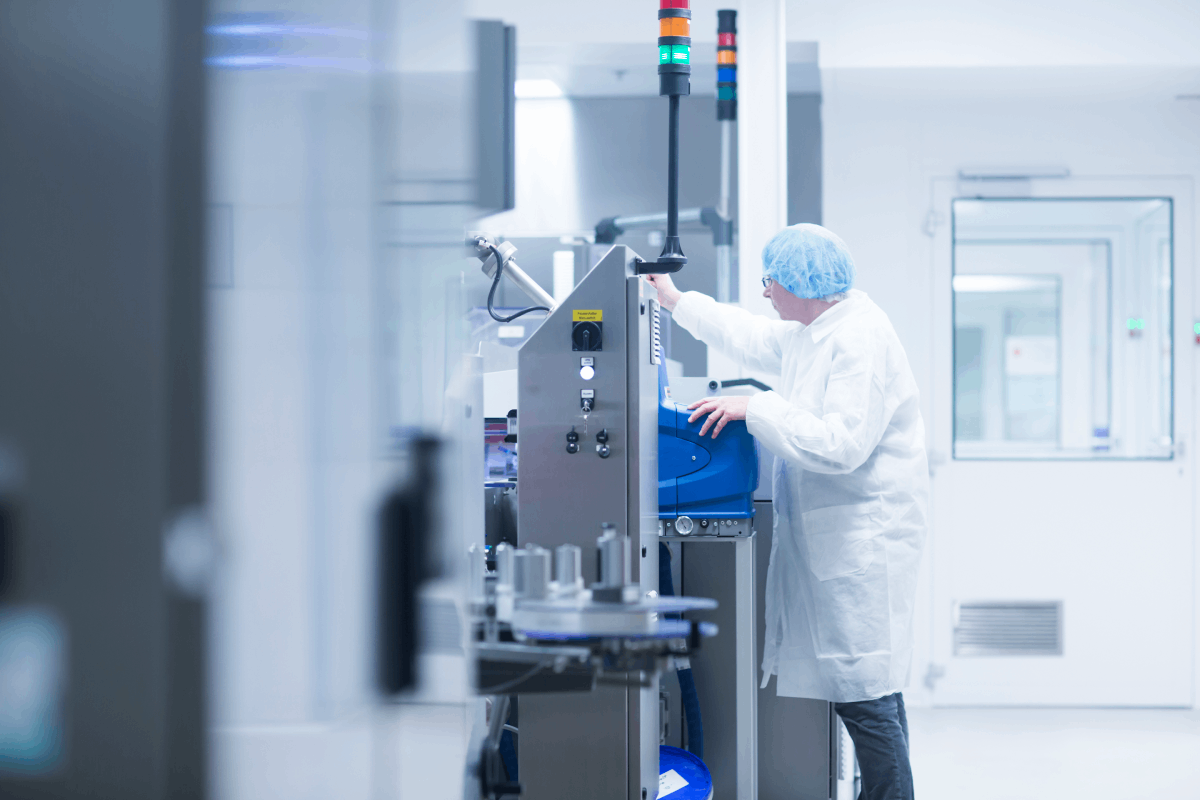
While the exact differences between plant and equipment may vary from place to place and company to company, there are some key points worth noting. The plant is usually bigger machines and property, and immovable property that is attached to the earth. Equipment is smaller, supports the plant and machinery, and can include all kinds of parts depending on your company and what you make and sell or are involved with.
The equipment helps the machines to do their job, or makes up the parts and pieces that are needed for the task, while the plant and machinery actually do the job.
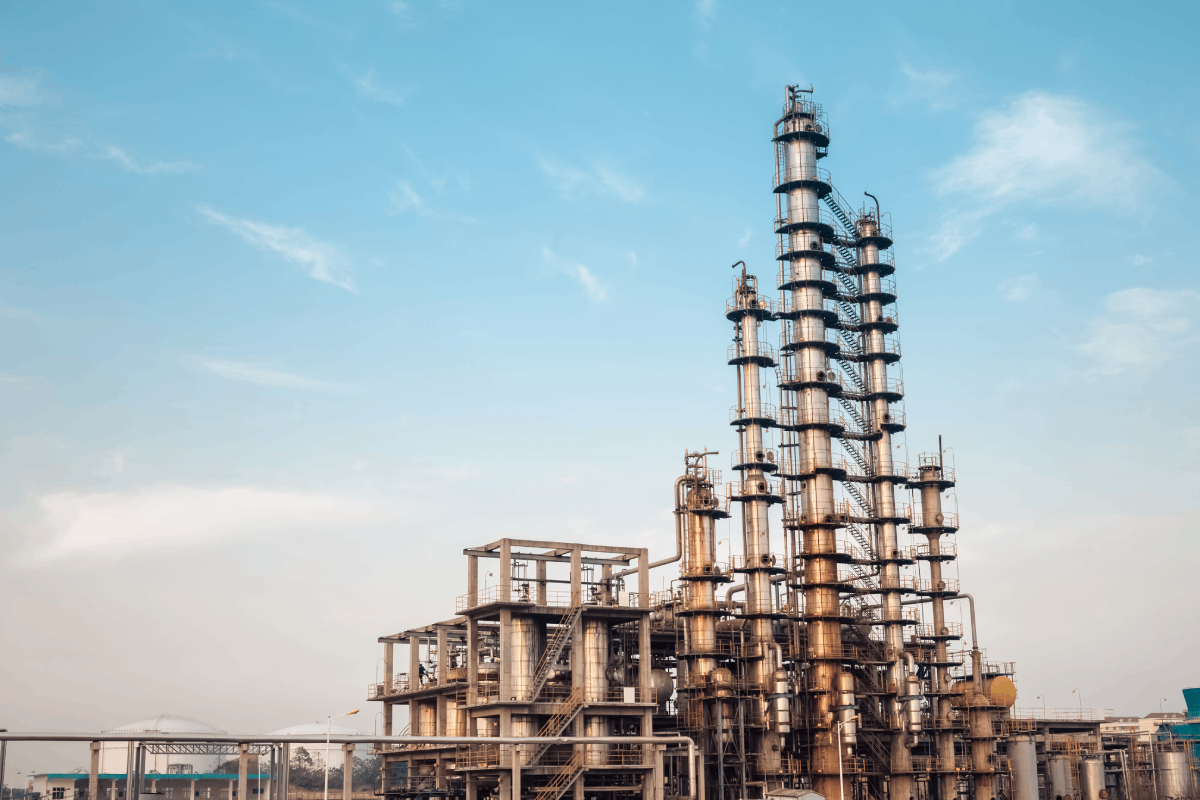
Again it can vary depending on your company, and there isn’t always a clear and perfect divide between what is and isn’t plant, but it is a recognised term that is widely used. Supposedly, the term plant comes from when most heavy-duty and large machinery was static, stayed in one place, and was, therefore ‘planted’ in the ground where it couldn’t be moved.
Today a lot of equipment that used to be static is now more mobile, so this isn’t a perfect definition, but it helps to give an idea of the scale and type of machinery included as plant machinery. In different companies and businesses, this can mean excavating and lifting machines, moving and unloading, and even transporting machines. Loading ramps are essential for moving heavy and expensive plant machinery that no longer has to always be stuck in one spot.
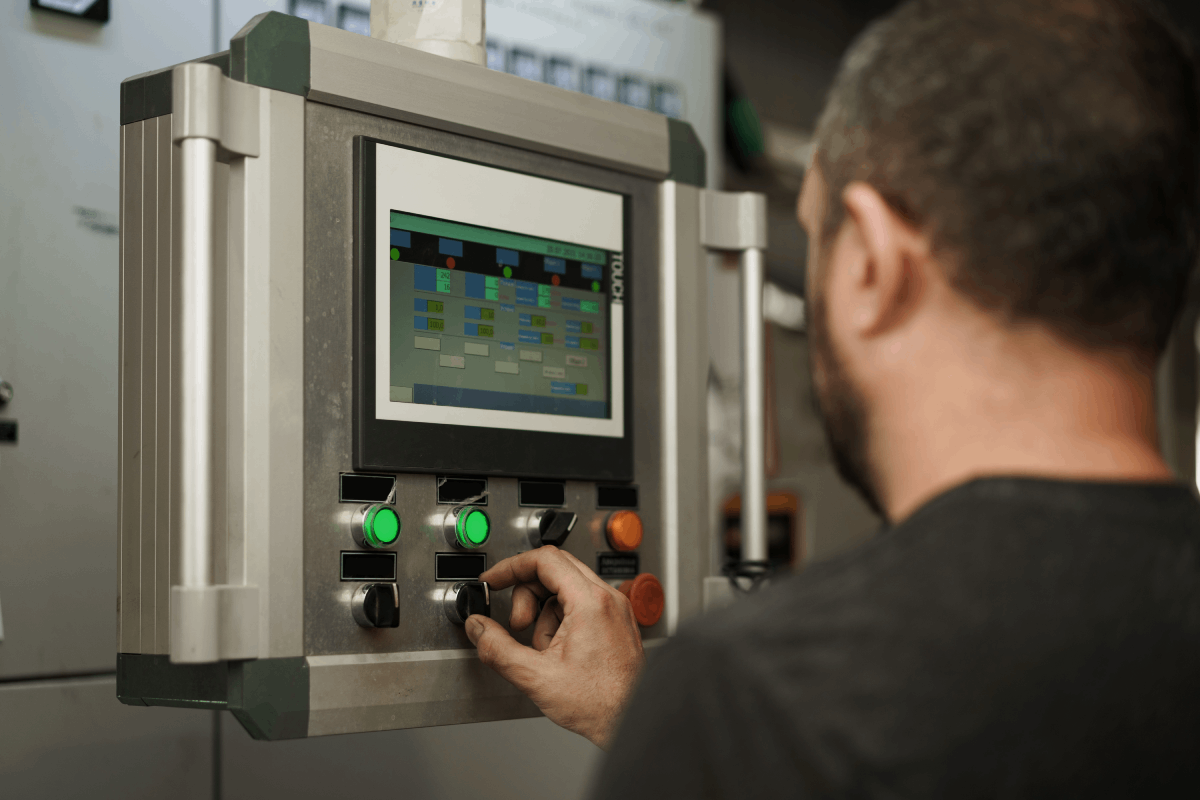
Machinery is generally any mechanical, electrical, or moving device that allows you to make, build or otherwise do something as a part of your work. They usually have moving parts and are powered equipment made to achieve your job or goal.
What you might call your machinery will vary from business to business. One might use a tunnel boring machine, while another will use welding machines or even just a lever. A computer is a machine and is essential in almost every aspect of work and life. Machinery is sometimes a collective word for lots of machines, or it can also mean the parts of the machine itself or is even used interchangeably with the word machine.
Machinery can be complex in its design or much more simple, and can accomplish large or small tasks and can itself be large or small. A simple machine is still a machine, fulfilling a role and doing a job. This is what separates machinery from the equipment as an agreed-upon definition.
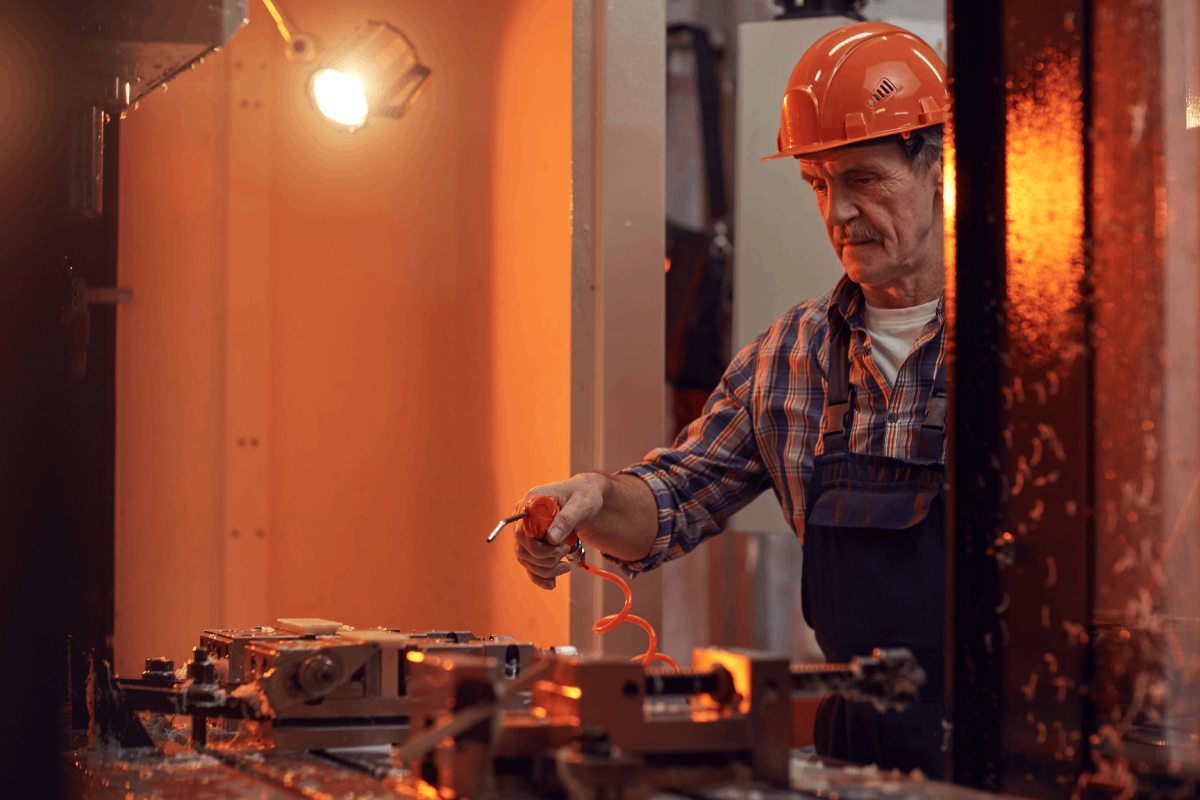
Some people will call everything that they have and need to complete a job, and equipment. But in general, equipment covers the tools and parts that you need, not the machine that will actually do the job.
For example, this could include tools like a hammer, a wheelbarrow for you to move what you need, or a cog in the machine that needs to be there. If machinery is the appliance, equipment is all of the parts and components that make up the whole job and what then is needed for the machine to complete the job.
Equipment can include items like a pen and paper, a ladder, or the fulcrum you would need for the lever to work. The exact equipment you need will vary like the machinery you use depending on the task or tasks you want to complete.
A lot of equipment, however, is more generalised and multi-purpose and can be used to meet all kinds of needs.
Depending on where you are in the world and what field you are in, if you are talking from a tax or accountancy side or from day-to-day jargon on a construction site, the exact definitions and differences of plant and machinery and equipment can vary. In general, plant and machinery can indeed be used interchangeably with plant machinery and machinery.
However, plant machinery formerly may have been the larger machines that were planted in one spot. Machinery is the electronic, moving, and working appliance that carries out the jobs you need, while equipment is what you need to get to carry out your work.
Whatever you need in your line of work, make sure you have the right equipment, plant, and machinery for the job and that you know the differences and similarities between them all.